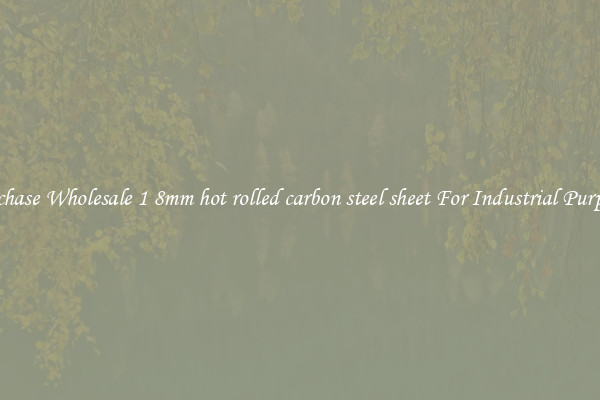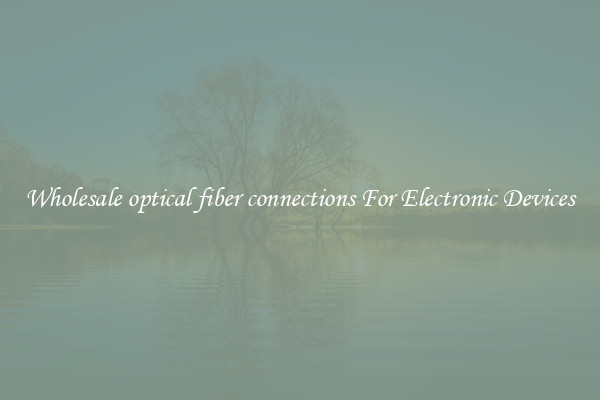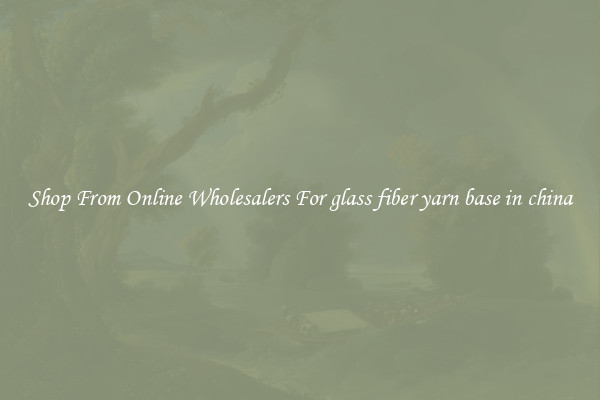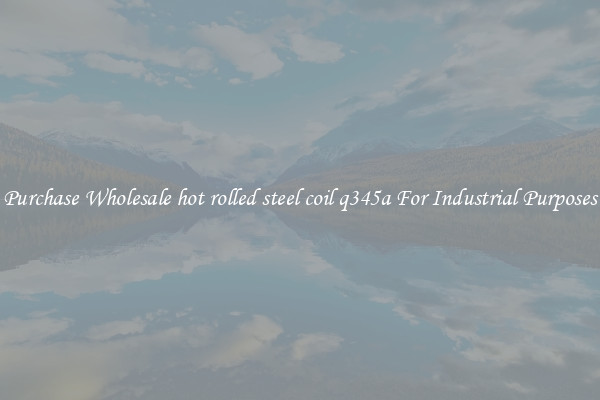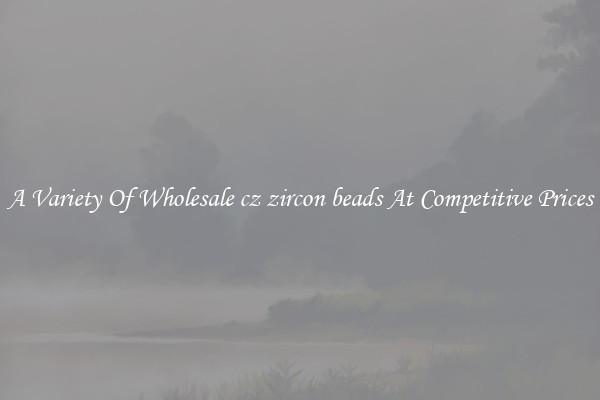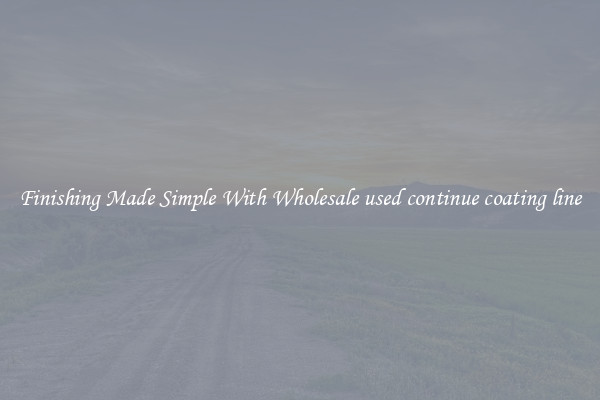Buy rolled carbon fiber tube In Its Activated Or Processed Form
Carbon fiber has become increasingly popular and widely used in various industries due to its exceptional strength-to-weight ratio. It is lightweight, yet incredibly strong, making it the ideal material for applications that require a high level of durability. One of the most common forms of carbon fiber available in the market is rolled carbon fiber tubes. These tubes are processed or activated to enhance their properties and ensure optimal performance.
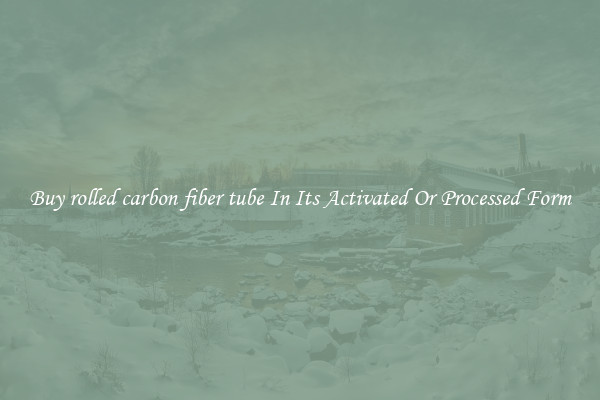
When buying rolled carbon fiber tubes, it is important to understand the differences between activated or processed forms. Activated carbon fiber tubes undergo a specific treatment process to enhance their adsorption properties. This treatment involves heating the carbon fiber tubes at high temperatures and introducing an activating agent like air or water vapor. This process opens up the carbon fiber structure, creating more surface area, which in turn increases its adsorption capacity. The activated carbon fiber tubes are highly effective in the removal of pollutants, contaminants, and odors from water or air.
On the other hand, processed carbon fiber tubes are subjected to additional manufacturing steps to increase their strength, improve their surface finish, and enhance their dimensional stability. These tubes often undergo processes like resin infusion, compression molding, or filament winding. The specific processing method depends on the desired properties and application requirements. Processed carbon fiber tubes offer better strength and stiffness while maintaining their lightweight nature. They are commonly used in aerospace, automotive, sporting goods, and other high-performance applications.
When purchasing rolled carbon fiber tubes, it is important to consider the specific application requirements. Activated carbon fiber tubes are ideal for situations where adsorption capabilities are crucial, such as water or air filtration systems. Processed carbon fiber tubes, on the other hand, are more suitable for structural applications that require high strength and stiffness, such as aerospace components or sporting equipment.
In addition to the form of carbon fiber tubes, it is also important to consider other factors like the diameter, wall thickness, and length of the tubes. These specifications depend on the intended use and specific application requirements. It is advisable to consult with experts or suppliers who can provide guidance on the best-suited carbon fiber tubes for a particular application.
In conclusion, rolled carbon fiber tubes are a popular choice in various industries due to their unique properties. Understanding the differences between activated or processed forms is crucial in determining the most suitable option for a specific application. Whether it is for adsorption purposes or structural applications, carbon fiber tubes offer exceptional strength, lightweight, and durability.

View details
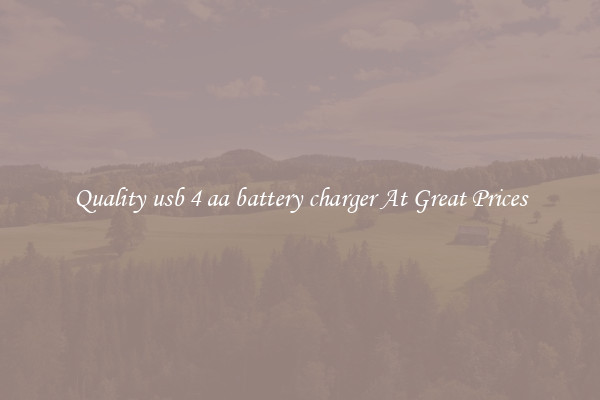
View details

View details
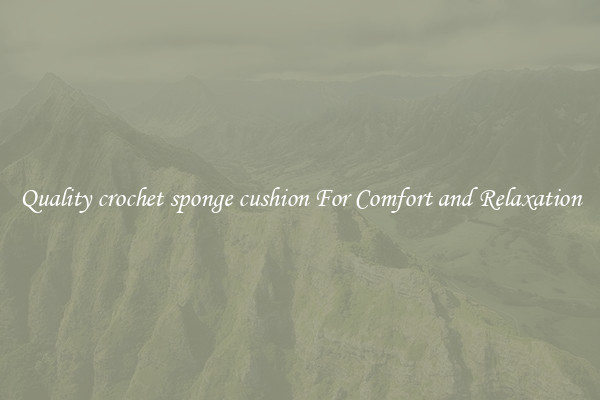
View details
